The "Ageless Agility" Habit: 10 Simple Moves to Keep Your Knees Pain-Free for Life
Picture how empowering it feels to step out of bed, run errands, or play with grandkids without thinking twice about your knees. For so many of us, knees quietly power our freedom—until twinges, stiffness, or soreness make us nervous to move. The good news? You’re not alone if your knees sometimes creak, complain, or feel stiff after long days or busy weekends. Aging brings changes that are entirely natural, but small, steady habits really do stack up to make a lasting difference. This is where the “Ageless Agility” mindset shines—nurturing your knees with consistent, gentle movement, proven basics, and a little kindness to yourself along the way. The moves ahead don’t require athletic prowess or hours at the gym. Instead, they’re simple, evidence-informed ways to help keep joint comfort and mobility a regular part of your everyday routine. Many can be adapted for different fitness levels or time constraints, because sustainable self-care should always feel doable. Let’s explore ten approachable actions to help your knees feel supported for all the adventures, errands, and laughter yet to come.
1. Embrace Daily Gentle Walking
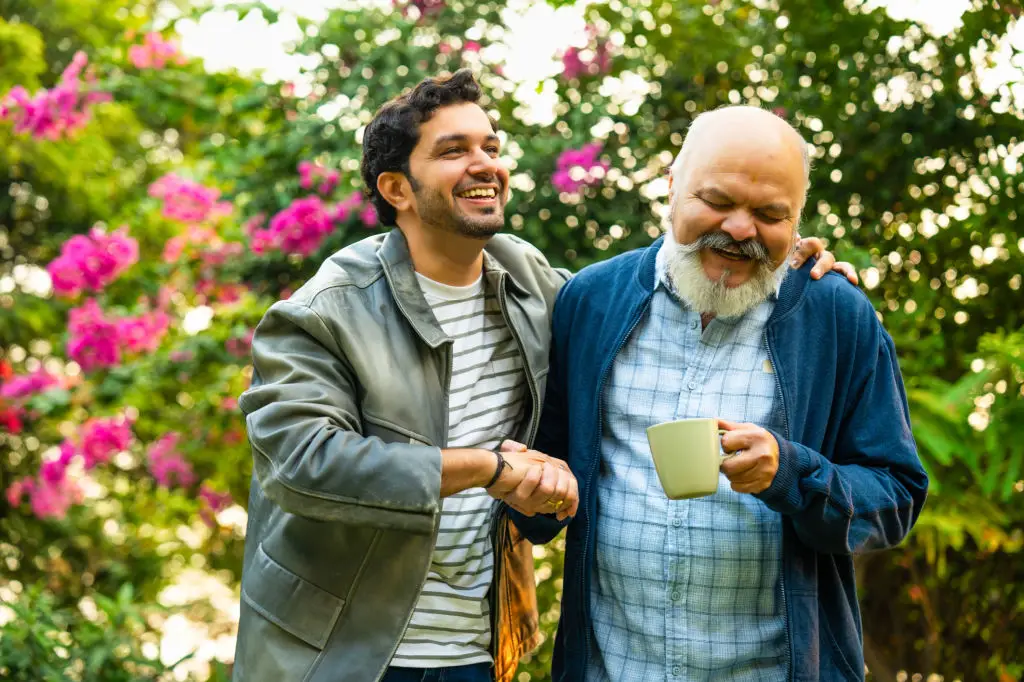
Few things are as powerful for joint comfort as a daily stroll. Gentle walking keeps your knees lubricated, encourages better circulation, and helps preserve range of motion over time. Not every walk needs to be brisk—listen to your body, choosing routes and paces that suit your energy and comfort each day. Taking a walk around the block, through a park, or even indoors at a store counts just the same. If you’re new to regular walking, begin with five or ten minutes at a time and gradually build up. Flat, forgiving surfaces—like treadmills or smooth neighborhood paths—are especially gentle if you notice discomfort on hills or concrete. Pause when you need to; rest is part of the process, not a setback. Weather flares up? Walking in place at home is great too. Invite a friend, listen to upbeat music, or soak in your surroundings—a daily walk can be your moment of mindfulness as well as movement. With consistency, gentle walking is one of the simplest, safest ways to keep knee joints nimble and spirits lifted.
2. Prioritize Quad Strengthening (Wall Sits)
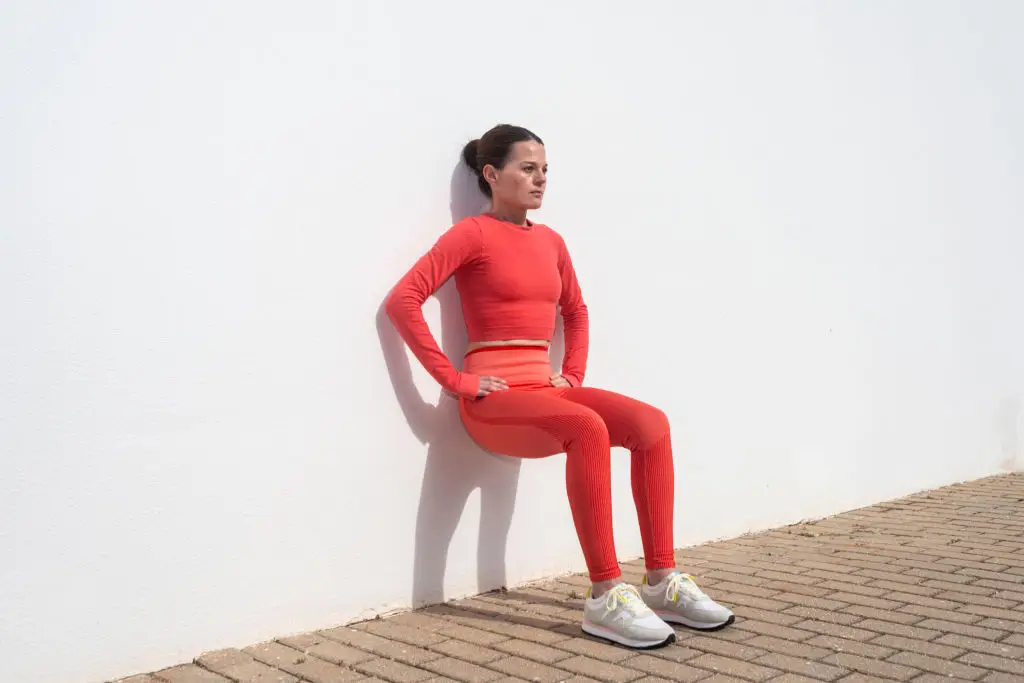
Your quadriceps—the muscles at the front of your thighs—are the unsung heroes of knee stability. Strong quads help the knee absorb stress and maintain healthy alignment during everyday movements. Wall sits offer a straightforward way to engage these important muscles without the need for special equipment. How to try it: Stand with your back against a sturdy wall, feet hip-width apart and about two feet from the wall. Slowly bend your knees, sliding down until your thighs are nearly parallel to the floor—or stop sooner if that feels best. Aim to "sit" for 10–20 seconds, then stand back up. Work up to longer holds as you feel stronger. If your knees feel sensitive, place a chair behind you for extra support or reduce the bend in your knees. Progress at your own pace—the goal is steady strength, not a gym competition. When added consistently, wall sits gently fortify the very muscles your knees rely on to keep moving comfortably.
3. Master Hamstring Flexibility (Seated Hamstring Stretch)
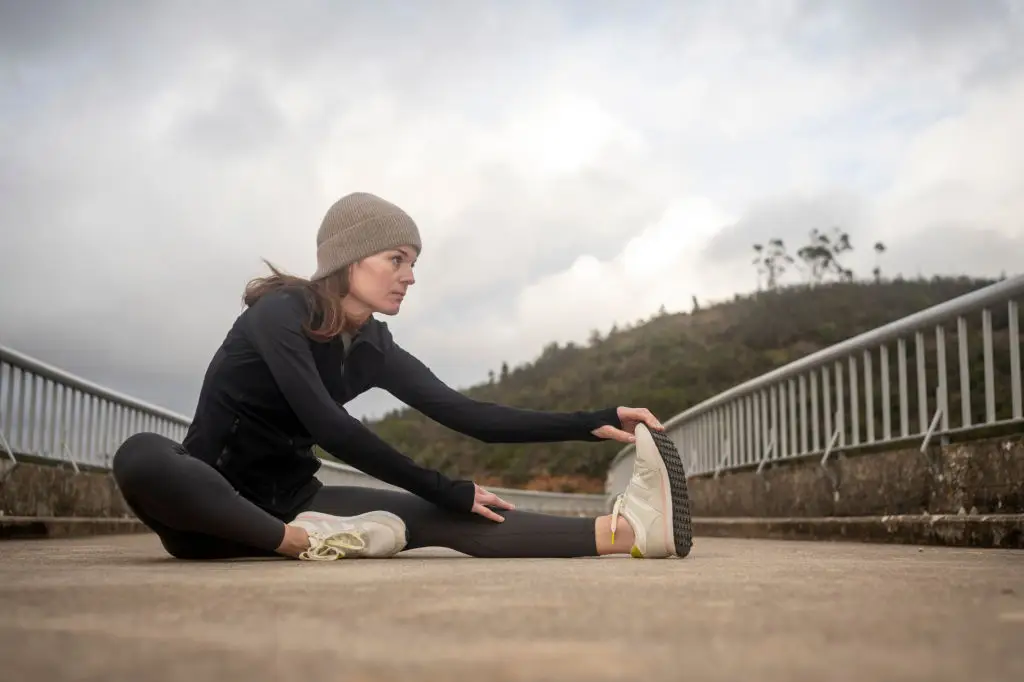
Flexible hamstrings are a quiet gift to your knees. When these muscles—running along the back of your thighs—get tight, they can tug on the knee joint and alter how you move. Stretching your hamstrings regularly helps maintain joint alignment and eases strain, especially as we get older. Try this gentle seated stretch: Sit comfortably on the edge of a sturdy chair, one leg out straight with your heel on the floor. Keep your back tall and lean forward from your hips until you feel a gentle tug behind your knee or thigh—no need to force a deep stretch. Hold for 15–30 seconds, then switch legs. If touching your toes isn’t happening (yet), that’s perfectly fine—the point is gentle lengthening, not a contest. With time, this stretch rewards you with easier movement, improved comfort, and a subtle boost to your confidence. Remember, honoring your current range of motion is the wisest way to progress safely.
4. Unlock Hip Mobility (Side-Lying Leg Raises)
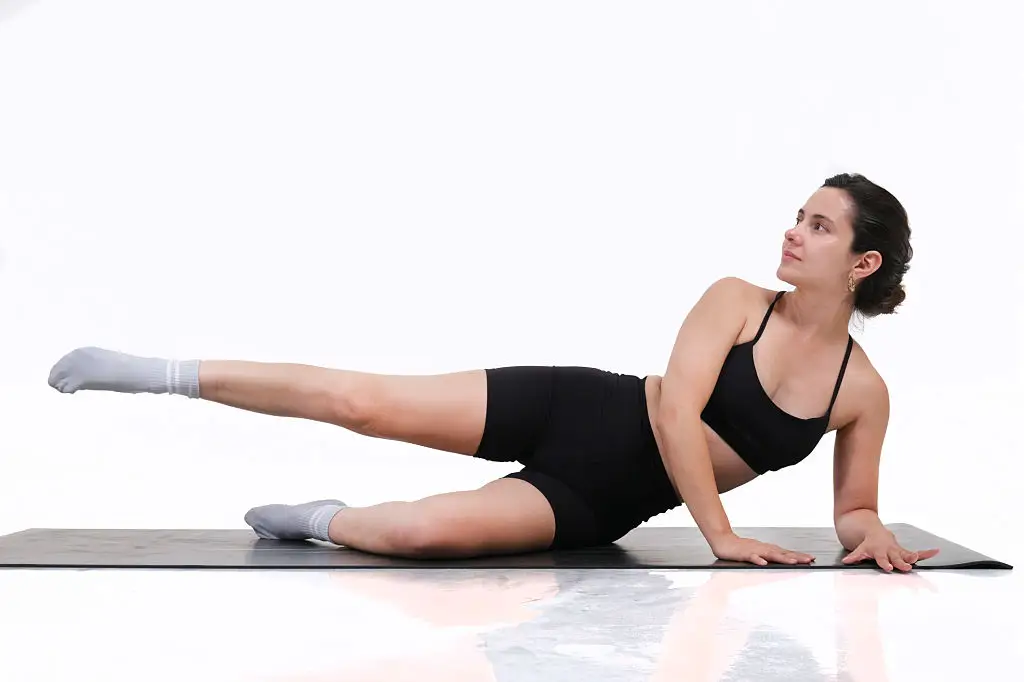
It’s no secret: when hips are stiff or weak, knees often take on extra strain. By focusing a few moments on hip strength and mobility, you offer valuable backup to the knees below. One move worth adding to your routine is the side-lying leg raise. Rest on your side with your legs stacked and head supported, then gently lift your top leg toward the ceiling—just as high as feels comfortable. Pause, then lower slowly. Try 8–12 repetitions before switching sides. For added balance, keep your lower hand on the floor or position your back against a wall. If you experience hip discomfort or tightness, try smaller lifts or add a folded towel under your hip for support. Over time, this simple exercise helps restore hip mobility and creates a solid foundation for how your knees—and the rest of you—move through life. Consider it a gift of support, from the top of your legs to the tips of your toes.
5. Practice Joint-Friendly Cycling
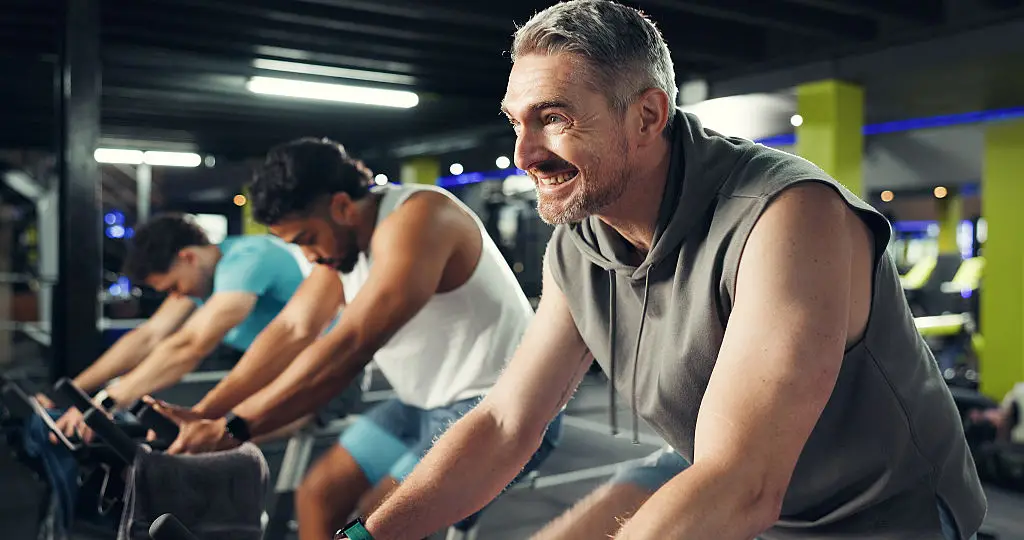
Looking for a fun way to work your knees without pounding the pavement? Cycling might be your new favorite option. Whether you use a stationary bike at home or ride outdoors, cycling delivers heart-healthy cardio with minimal joint impact. Start by adjusting the seat height—your knee should have a slight bend at the bottom of each pedal stroke to protect your joint. Keep resistance light if you’re new or dealing with soreness, focusing on a smooth, steady pace. Even five or ten minutes can make a difference in circulation and comfort. Outdoor rides should stick to level, paved paths if knee stability is a concern. Stationary bikes are wonderful for consistent exercise when weather or schedules are unpredictable. Need a gentler approach? Try pedal exercisers (small, portable devices) while reading or watching TV. Consistency is more important than distance; cycling gently supports your knees, leg muscles, and even your mood.
6. Balance Body Weight with Heel-to-Toe Walks
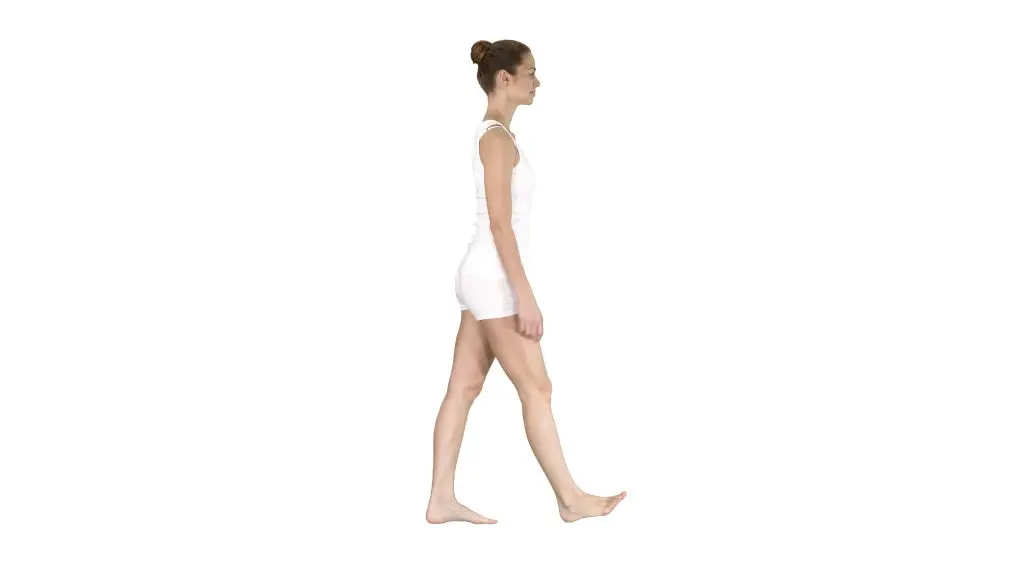
Balance exercises may not seem glamorous, but they’re a quiet secret to happy knees and safer movement as we age. The heel-to-toe walk is a simple yet effective drill: Stand near a wall or countertop for support, place your right foot directly in front of your left so the heel touches the toes, then take a slow, careful step forward. Repeat for 10–15 steps, keeping your gaze ahead for steadiness. This exercise strengthens stabilizer muscles and helps train your body to distribute weight more safely, decreasing the risk of awkward landings or falls that might trouble your knees. If you feel wobbly, it’s okay—hold onto support and take your time. Over days and weeks, you’ll notice improvements in your steadiness and confidence, both of which take pressure off your joints. As with every move in this list, patience and practice are powerful allies.
7. Strengthen Calves for Knee Stability (Seated Calf Raise)
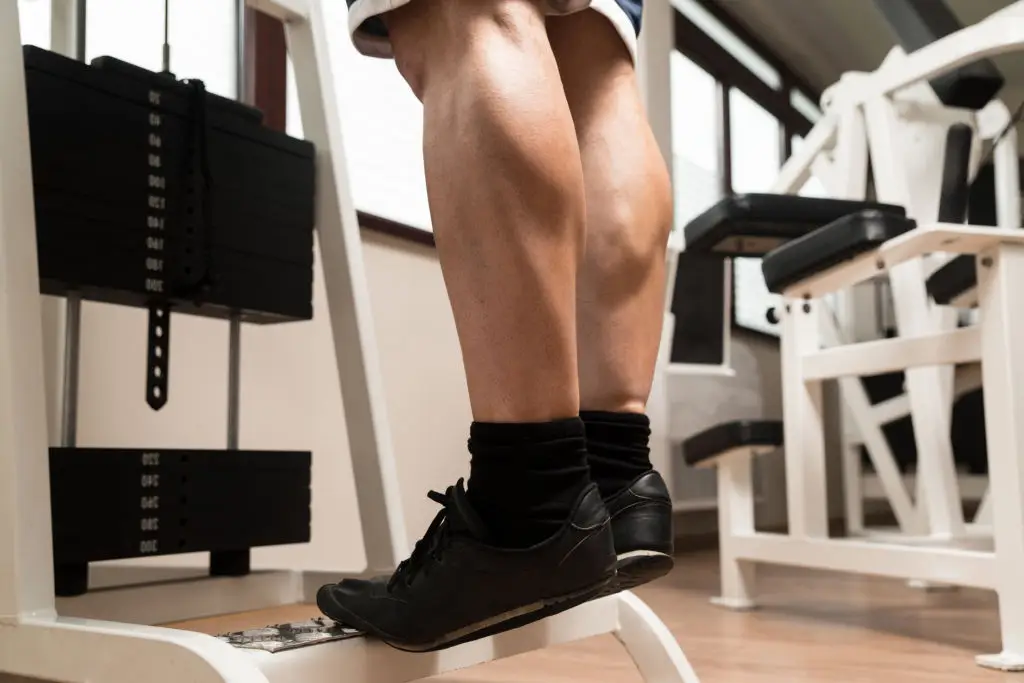
The calf muscles don’t enjoy the spotlight often, but they quietly anchor and stabilize your knees every time you stand, walk, or change direction. Seated calf raises are a wonderfully accessible way to encourage knee-friendly support, whether you’re at home or in the office. Sit with your feet flat on the floor and knees comfortably bent. Gently raise your heels as high as you can while keeping your toes and balls of your feet down—pause at the top, then lower smoothly. Aim for 12–15 repetitions per set, taking breaks as needed. Looking for more challenge? Try holding a light weight (like a water bottle) on your knees. These calf raises help develop the underpinning for knee stability and lower body power, no gym required. Like all progress worth celebrating, even modest improvements add up when practiced with regularity and care.
8. Mobilize Ankles to Support Knees
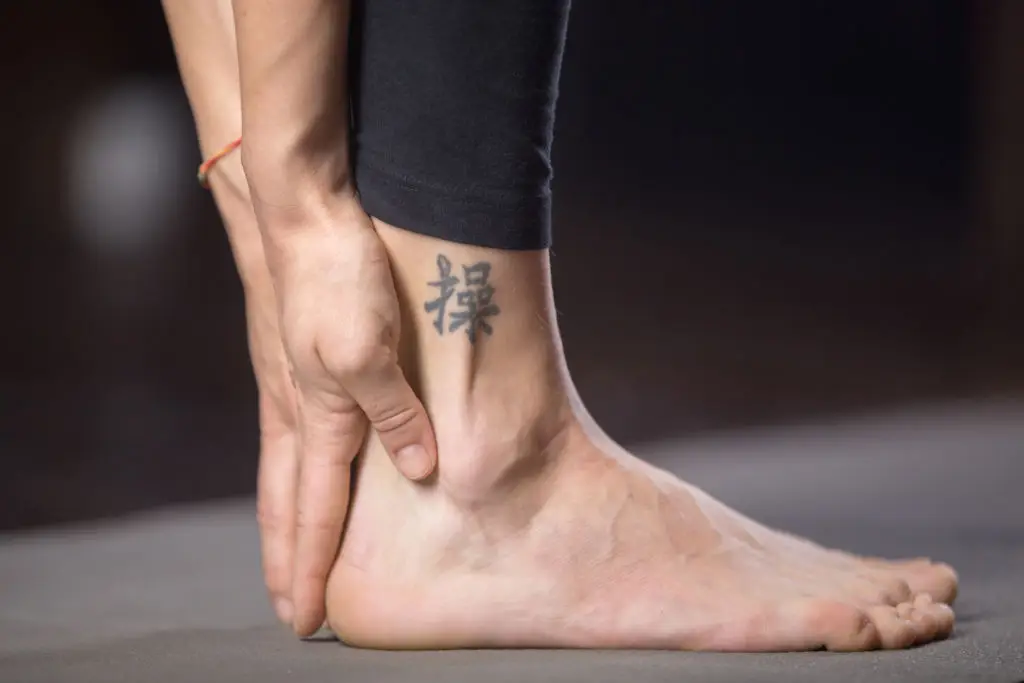
Ankles and knees are teammates, constantly working together to carry you through your day. When ankles are stiff, the knees can compensate, occasionally leading to unnecessary stress or missteps. Improving ankle mobility with simple circles or gentle pointing and flexing can help your walk feel smoother and support overall stability. Try starting in a comfortable chair: extend one leg and draw slow circles with your foot, clockwise and counterclockwise. Repeat on both sides, several times each. Prefer to stand? Hold onto a countertop or the back of a sturdy chair for balance, and gently shift your weight as you rotate each ankle. With regular practice, you’ll notice not just easier stair climbing, but also a subtle boost in how confidently your knees handle everyday errands. Ankle mobility may be small but, for your knees, it means moving as a true team.
9. Integrate Glute Activation (Bridge Exercise)
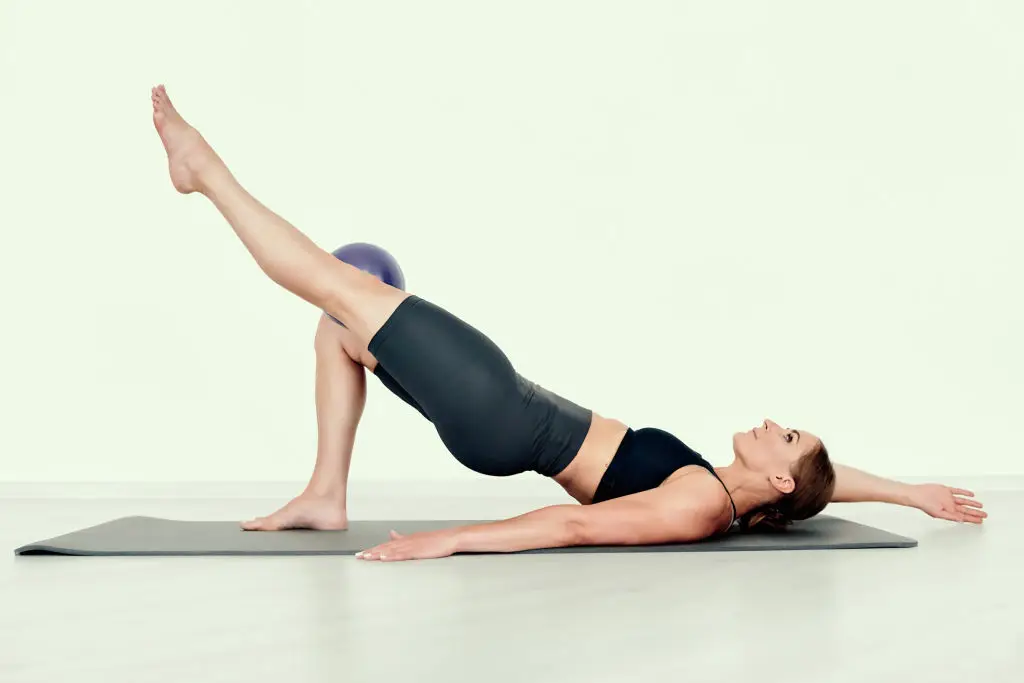
Do you ever notice soreness at the front of your knees? Often, weak or “sleepy” glute muscles above can ask the knees to pick up their slack. The bridge exercise helps wake up your glutes, offering crucial relief for hardworking knees. Begin lying on your back with knees bent and feet flat on the floor, hip-width apart. Press your feet gently into the ground, lift your hips upward—without straining—until you form a straight line from your shoulders to your knees. Hold for a few breaths, then lower back down. Repeat as comfortable, aiming for 8–10 reps. Feeling stiff? No problem—smaller lifts are valuable, too. Over time, glute activation like this redistributes effort, making stair-climbing and walking easier while supporting overall knee stability. Celebrate your progress, knowing every gentle bridge brings you closer to knees that feel happier and stronger.
10. Prioritize Restorative Stretching (Knee-to-Chest Stretch)
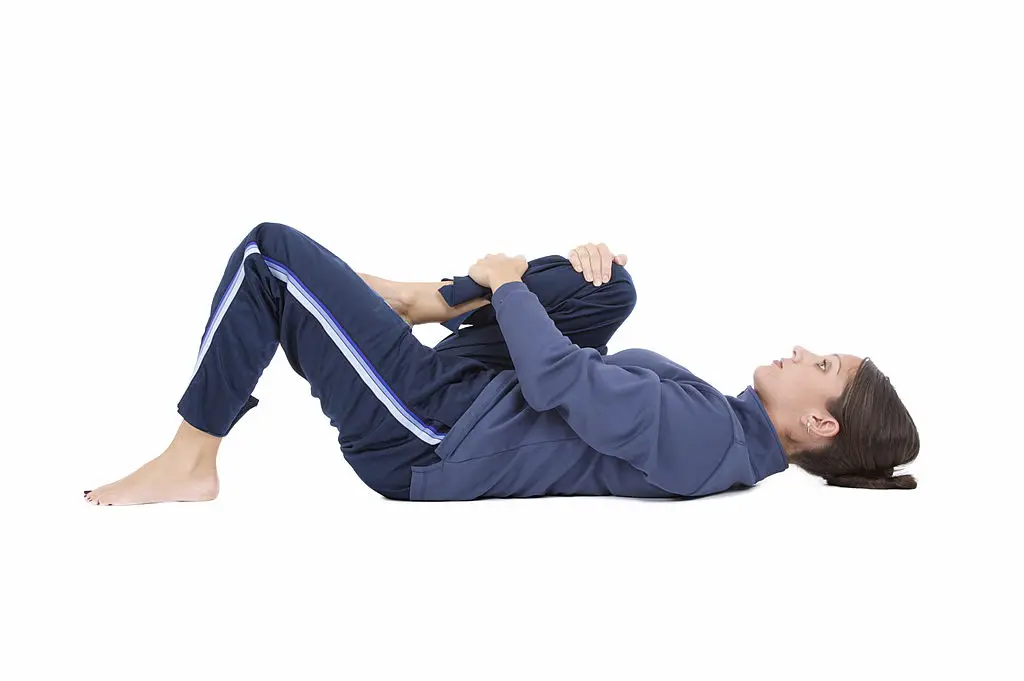
Every active joint deserves moments of restorative care. Stretching connects body and mind, dissolving end-of-day tension that tends to settle in the knees and hips. The knee-to-chest stretch is a timeless favorite: Lie on your back, gently hug one knee toward your chest, keeping the other relaxed on the ground. Hold for 15–30 seconds, breathing calmly, then switch legs. No forcing or bouncing—just an easy, supportive extension of your regular routine. With regular practice, this gentle stretch helps release tightness, supports circulation, and offers a mindful pause that both body and mind appreciate. Modify by hugging both knees together for a warm, soothing sway, or one at a time if you prefer. Bringing gentle attention to flexibility is an act of care that prepares you for restful sleep and another day of “ageless agility.”
Celebrate Steady Progress and Ageless Agility
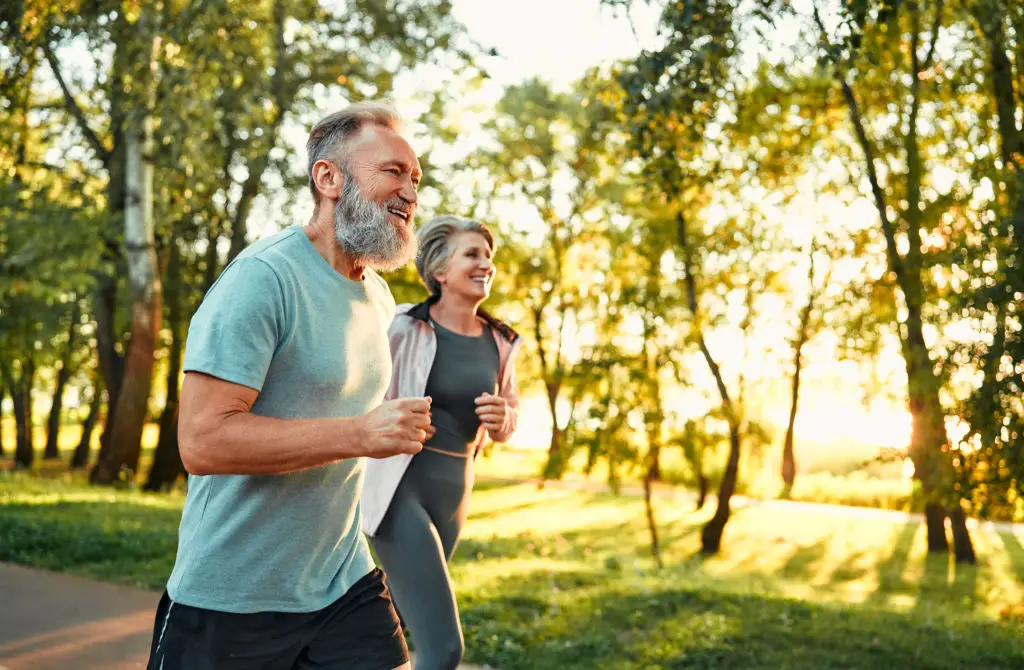
Congratulations on taking real, meaningful steps to support your knee health—and by extension, your lifelong agility. Every walk, stretch, and moment of mindful movement adds up, sometimes in subtle ways you won’t notice at first. Remember, “ageless agility” isn’t measured by athletic feats or rigid schedules; it grows from tiny, gentle habits repeated with care. There’s no shame in starting small, taking breaks, or modifying moves, especially if your knees have weathered years of loyal service. If you’re ever unsure about a movement, check with a healthcare professional for guidance tailored to your needs. Most importantly, celebrate progress over perfection. Your knees are with you for life’s adventures, both big and small. Honoring them with these simple moves means you’re investing in comfort, confidence, and the joyful freedom to keep doing what you love for years to come.
